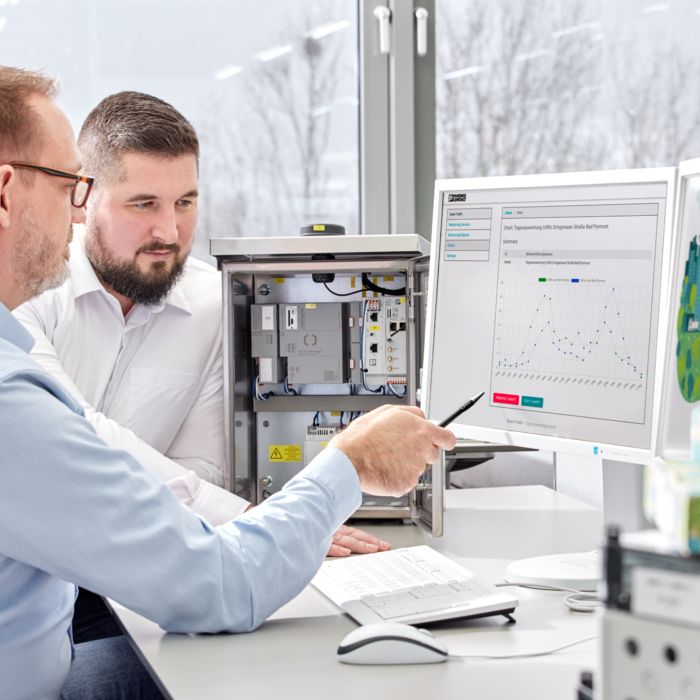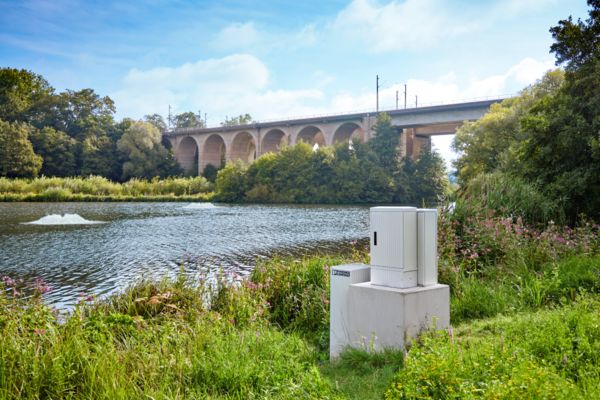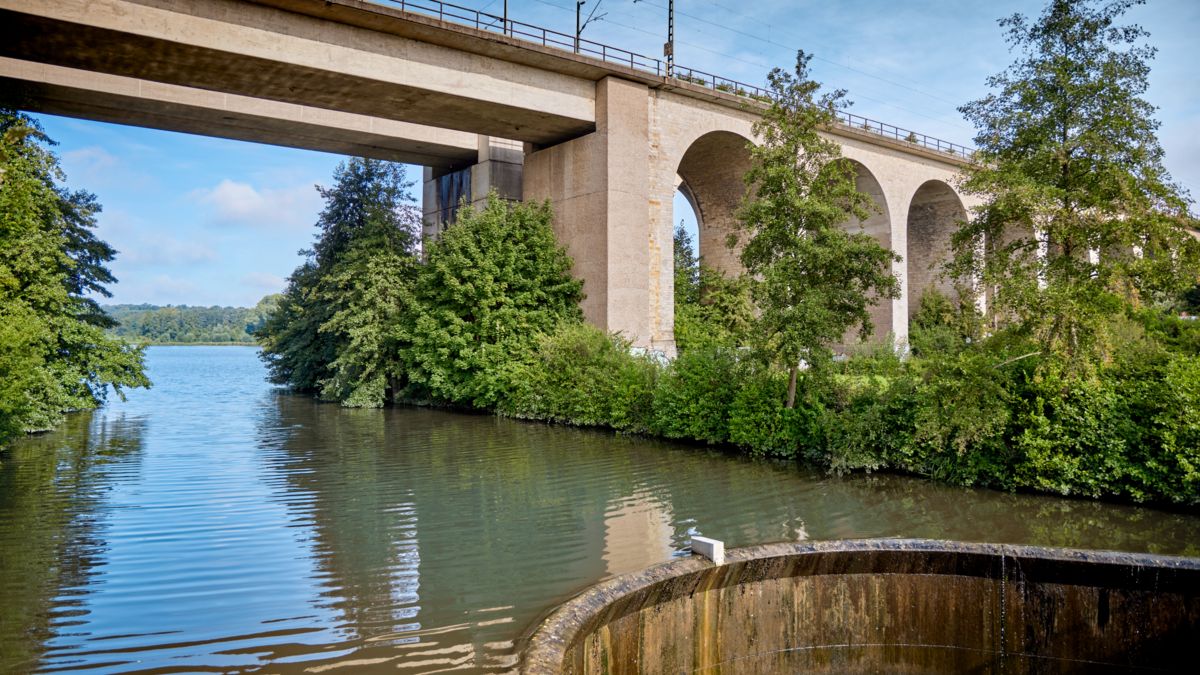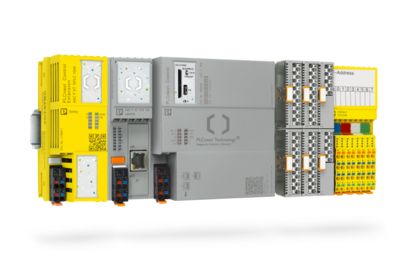
The measurement data from both the local sensors and the distributed LoRaWAN sensors is transmitted by a modem over the cellular network to the grovez.io IoT platform from Phoenix Contact. This is a web-based application in which the measured values can be displayed. Users at the Bielefeld Environmental Agency thus gain an up-to-date insight into the water status. In addition to current values, it is possible to display historical data as trends, for example, to identify fluctuations in oxygen levels.
Furthermore, the data is also made available to other users, such as municipal utilities, via a cloud-to-cloud connection. This means that the data platform of the Stadtwerke Bielefeld municipal utilities can retrieve the data from the central MQTT broker via a secure connection using a VPN (Virtual Private Network).















